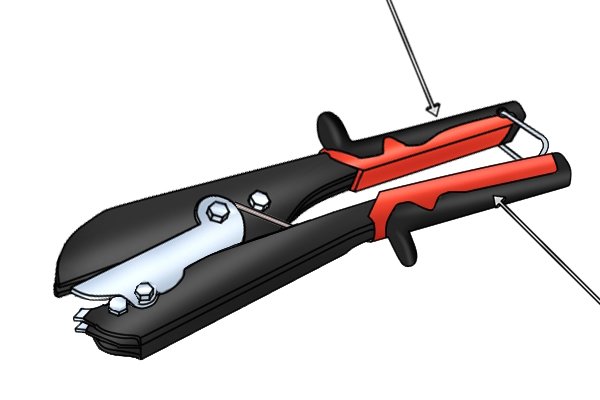How does a compound action swaging tool work? |
||||
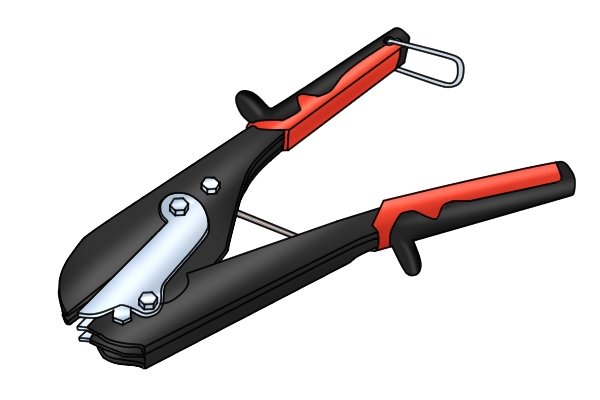 |
This type of swaging tool works as a type of compound lever. | |||
| During swaging, the handles are squeezed together and released to close and open the bladed jaws. | ||||
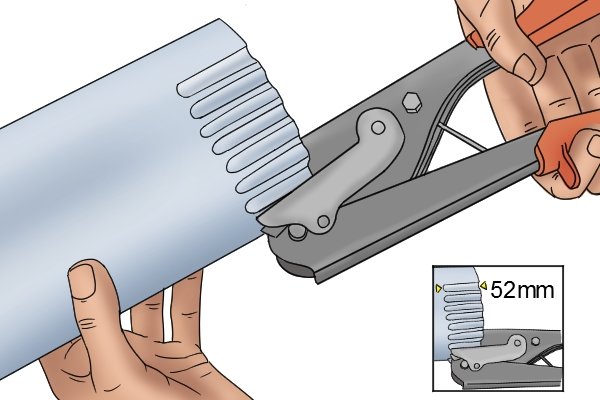 |
With their grip on the handles relaxed, the user simply slides the open jaws over the end of the section of pipe being swaged, up to the required swage length (the maximum swage length available on a compound action swaging tool is 52mm [2.04in]). | |||
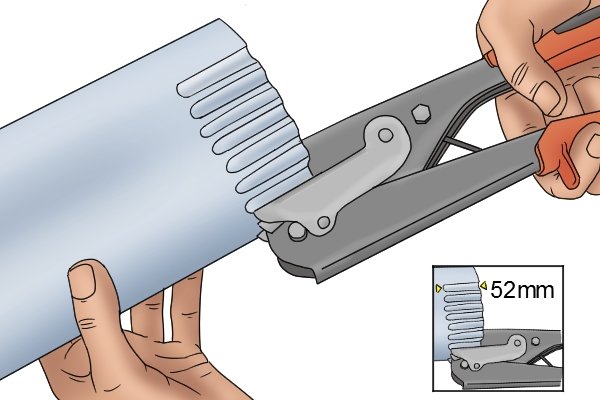 |
Squeezing the handles of the tool firmly will cause the jaws to close on the pipe edge. | |||
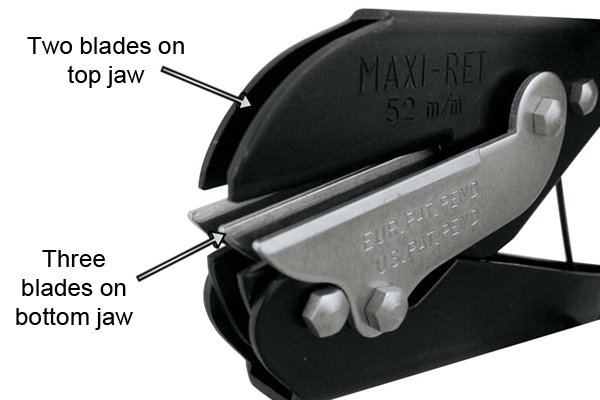 |
The compound action swaging tool incorporates five interlocking blades; three on the bottom jaw and two on the top jaw.
The blades on the top jaw create the recesses in the swage by exerting downward force on the pipe edge, while the blades on the bottom jaw create the ridges in the swage by providing resistance against the top jaw’s downward force. |
|||
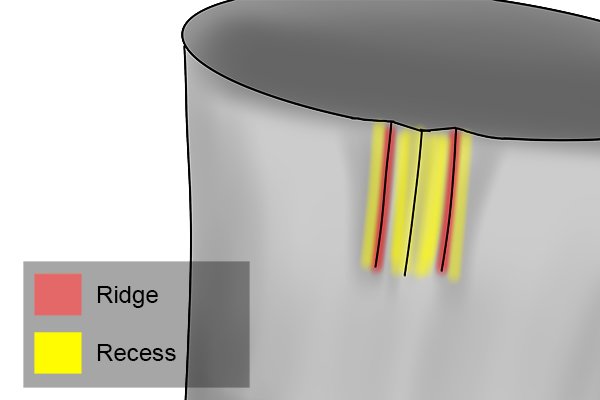 |
A single compression using a compound action swaging tool creates two ridges and three recesses. | |||
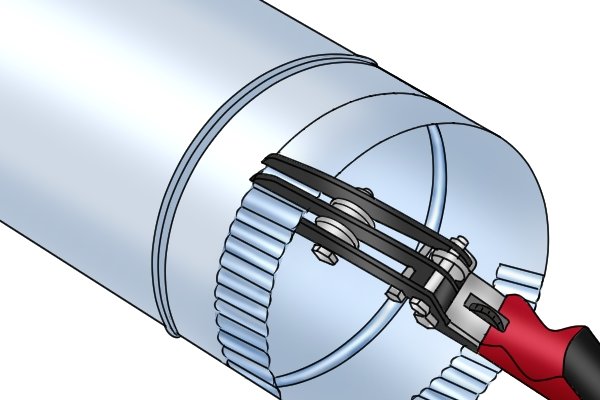 |
This action will then be repeated around the entire outside diameter of the pipe end. | |||
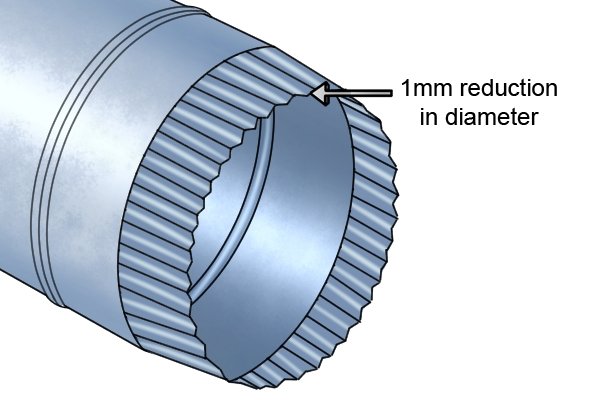 |
As each recess in the pipe edge is created, the edge is pulled inward slightly – resulting in a final 1mm reduction in the end diameter of the pipe; just enough to allow insertion into a second, non-swaged pipe. | |||
What is a compound lever? |
||||
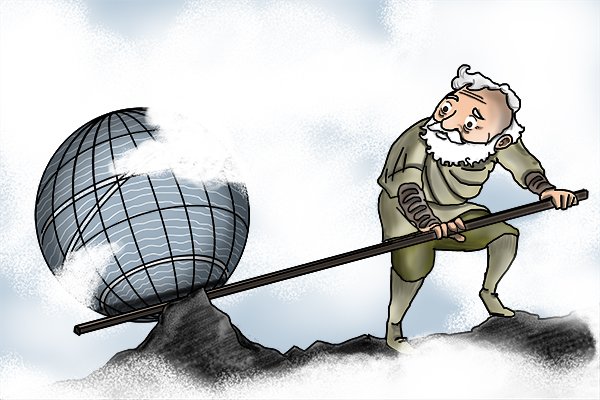 |
A lever is one of the six classical ‘simple machines’ that make up the vast majority of tools we use, in varying forms. | |||
 |
||||
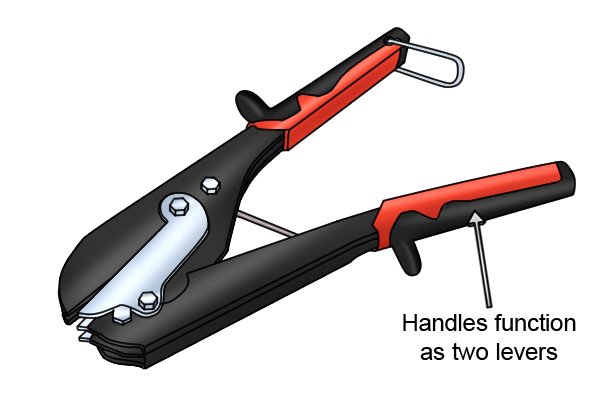 |
A compound lever is a type of tool which works by combining two levers so that they work together. | |||
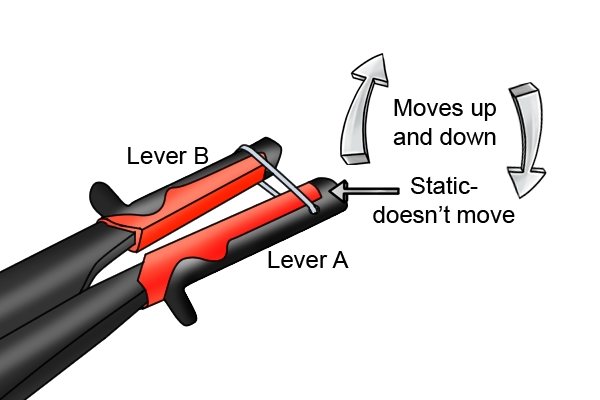 |
In a compound action tool, one lever (we’ll call it Lever A) will usually be static while the other (we’ll call this one Lever B) may be levered up and down on the first fulcrum – the pivot point of the tool. As effort or force is applied to Lever B, this force will be exerted on Lever A at the second fulcrum. | |||
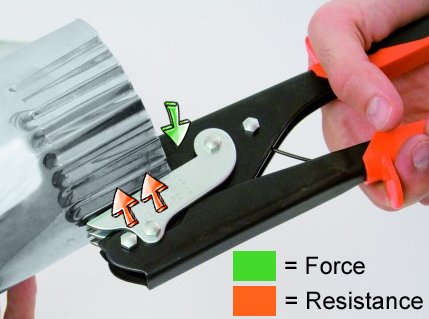 |
The resistance provided by Lever A is added to the initial force exerted by Lever B; this is called ‘force amplification’. | |||
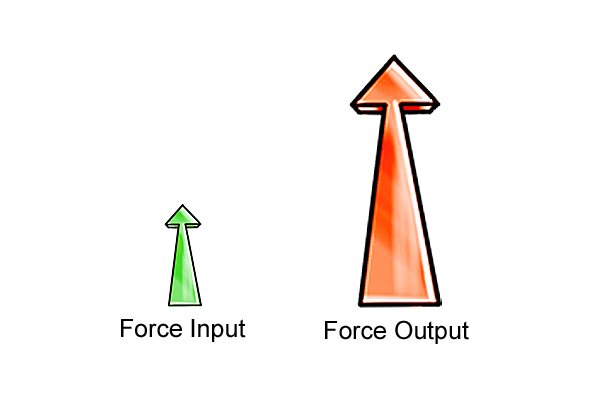 |
Force amplification results in a greater ‘mechanical advantage’, so that the force output is larger than would be possible with a single lever, or a simple pivoting jaw such as that of a pair of scissors, where force is applied to both arms separately. | |||
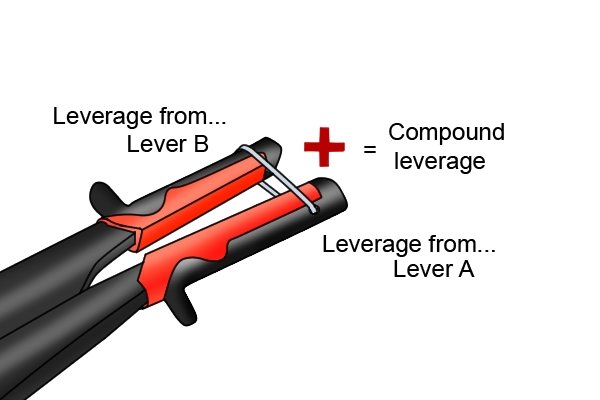 |
The leverage provided by a compound lever is called ‘compound leverage’ – in the same way as the word is used to refer to a combination of chemical elements (‘chemical compound’). It is used here to refer to the combined leverage of the top and bottom arm of a compound lever. | |||
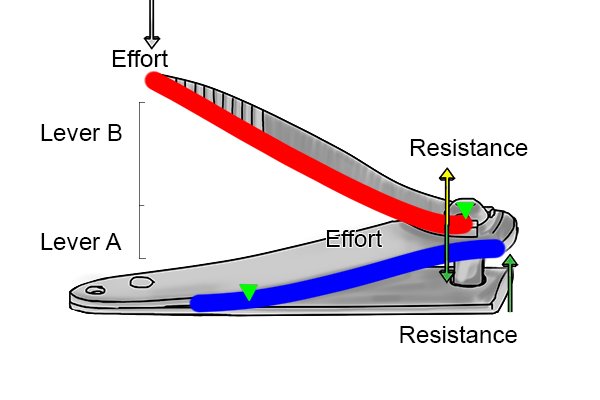 |
A simple example of a compound lever you may be familiar with is a pair of nail clippers – while the bottom arm of the clippers remains static, the top arm can be pressed down by applying force to its end. | |||
What is the ‘fulcrum’? |
||||
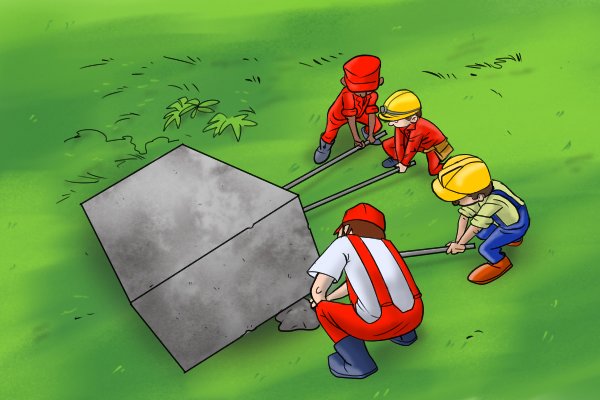 |
A lever, in any form, is always made up of four parts: | |||
What are the parts of a lever? |
||||
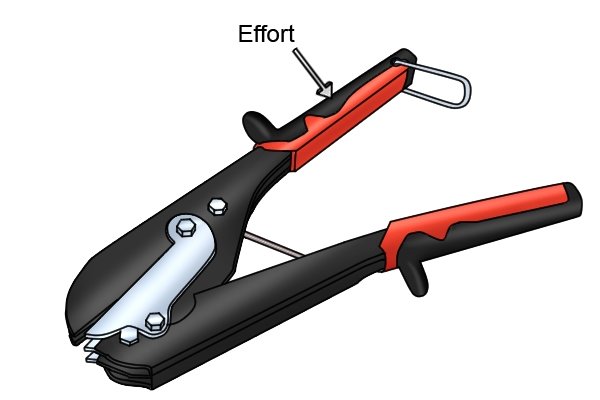 |
The effortThis is the point of the tool to which force is applied. On a compound action swaging tool, this point would be the handle grip on the moveable handle. |
|||
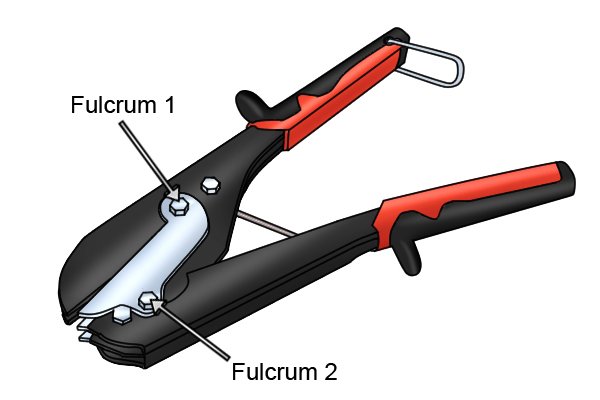 |
The fulcrumThe fulcrum is the point about which a lever pivots. A compound lever always has at least two fulcrums. On a compound action swaging tool, the fulcrums take the form of two bolts which the jaws pivot around. |
|||
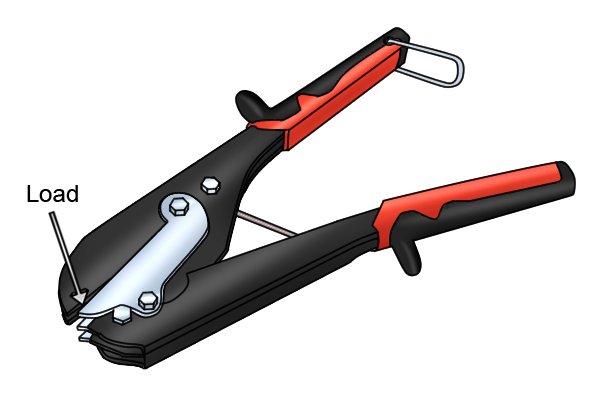 |
The loadThe load represents the point of the tool through which force is exerted directly on the object being lifted, cut or compressed by the lever. On a compound action swaging tool, this refers to the blades. |
|||
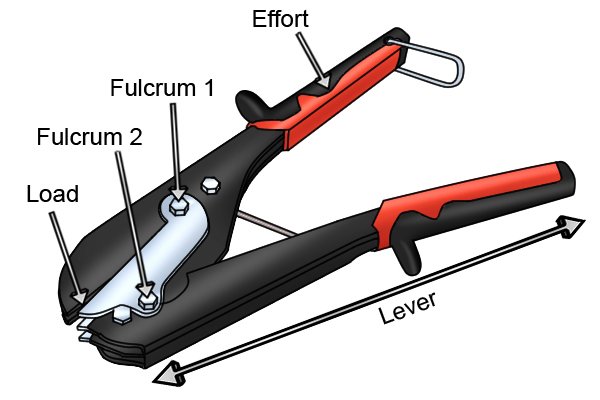 |
The leverThe lever is the body of the tool, which connects all three previous parts to form one whole. On a compound action swaging tool, this would refer to all of the component parts of the tool (see: What are the parts of a compound action swaging tool?). |
|||





